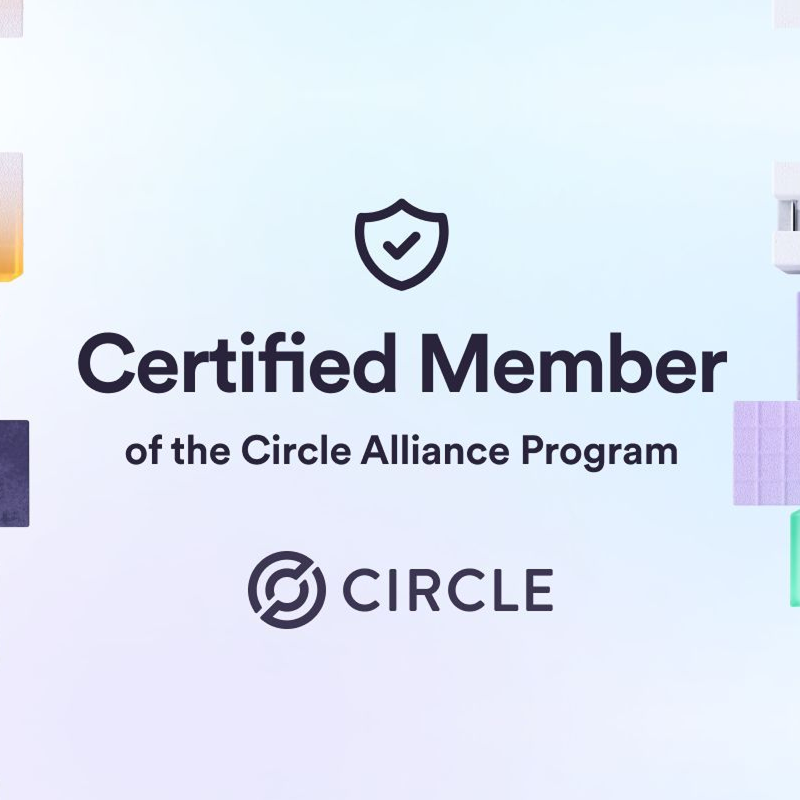Web3 has gained popularity in recent years for its potential to revolutionize digitalization strategies. By redefining how digital platforms and services are created, utilized, and interacted with, it offers a fresh perspective on the digital landscape. Integrating Web3 into your digitalization strategy enables you to harness the advantages of decentralization, trust, user empowerment, and interoperability. This opens doors to new possibilities for innovation, growth, and resilience in the digital economy.
What is Web3?
The internet has undergone significant transformations since its inception, evolving from static pages to dynamic, interactive, and now decentralised platforms. In this article, we'll explore the different phases—Web 1.0, Web 2.0, and Web 3.0—and their implications for businesses, particularly in the context of blockchain technology.
Web 1.0: The Read-Only Web
Web 1.0, the first iteration of the internet, primarily consisted of static web pages created by individuals or organisations. These pages provided information for users to read but offered little interaction. This phase is often referred to as the "read-only web." Early examples of platforms that supported Web 1.0 principles include WordPress and Squarespace, which enabled users to create and publish content with minimal interactivity.
Web 2.0: The Social Web
Web 2.0 marked a significant shift from static content to dynamic, user-generated content and social interaction. In this phase, the internet became a platform for collaboration and participation. Users could engage with content by liking, sharing, reposting, and commenting, creating a more interactive and community-driven web experience. Platforms such as Twitter and Instagram epitomise Web 2.0, facilitating user engagement and the creation of online communities.
Web 3.0: The Decentralised Web
Web 3.0 builds upon the foundations of its predecessors by introducing decentralisation, enhanced security, and user empowerment through blockchain technology. This phase aims to facilitate peer-to-peer transactions, decentralised applications (dApps), and full transparency via smart contracts, eliminating the need for intermediaries. Key components of Web 3.0 include:
- Decentralised Networks: Reducing reliance on centralised servers, enhancing security and resilience.
- Cryptocurrencies: Enabling secure, transparent transactions and new economic models.
- Digital Identities: Allowing users to maintain control over their personal data.
- Decentralised Storage: Distributing data across networks to prevent data loss and censorship.
- Smart Contracts: Automating agreements and ensuring transparency and trust.
Integrating Web 3.0 into Business Models
Transitioning to Web 3.0 doesn't mean abandoning Web 1.0 and Web 2.0 principles. Instead, it involves incorporating decentralised technologies into existing business frameworks to enhance functionality and user experience.
Practical Applications for Businesses
- Tokenized Loyalty Programs: Traditional e-commerce platforms can benefit from Web 3.0 by tokenizing loyalty programs using blockchain. Customers can earn and trade reward points in the form of non-fungible tokens (NFTs), enhancing engagement and creating new value streams.
- Exclusive Content Access: Blogs and content platforms can restrict access to users who verify ownership of specific NFTs through their Web 3.0 wallets. This model can generate additional revenue whenever NFTs are traded, providing continuous benefits to both platform owners and users.
- Digital Twins for Physical Products: Brands selling physical products can create digital twins—NFTs representing real-world items. These NFTs can serve as proof of ownership and offer additional perks like exclusive discounts, freebies, and loyalty points.
The Benefits of Web 3.0
Web 3.0 addresses many of the limitations of current web infrastructures, such as data privacy concerns, censorship, and the concentration of power among a few large corporations. By integrating Web 3.0 technologies, businesses can offer their users unprecedented benefits, including enhanced security, greater transparency, and more control over personal data.
In conclusion, Web 3.0 represents the next significant evolution of the internet, promising a more decentralised, secure, and user-centric web. Businesses that adopt these technologies can unlock new opportunities and provide their customers with innovative and valuable experiences.
How Can OnchainLabs Help You?
At OnchainLabs, we are developing a Web3 SaaS solution through which businesses can easily kickstart their use cases in Web3 such as a digital warranty management, loyalty programs and many more. Our global team of experts, brings diverse skills and deep expertise to the table, ensuring the delivery of top-tier solutions that if required can also be tailored to your specific business needs. Upon engaging with us, you'll embark on our three-step educational program designed to prepare your business for Web3 adoption. By the program's conclusion, you'll possess a comprehensive understanding of how Web3 can transform your operations. To delve deeper into blockchain technology and explore how we can assist you, please send us an email with your inquiry, book a time slot to set up a meeting with one of our team members, or subscribe to our newsletter by submitting your email below.




.png)



